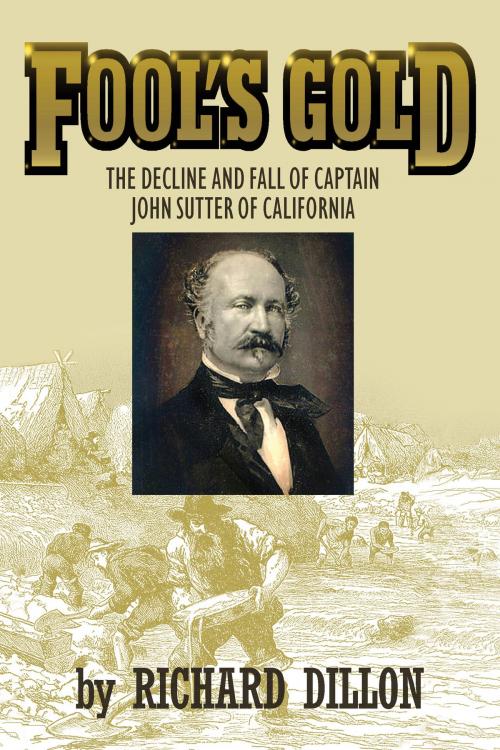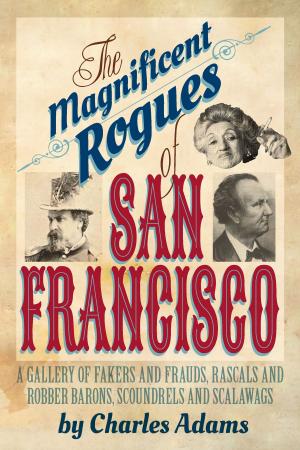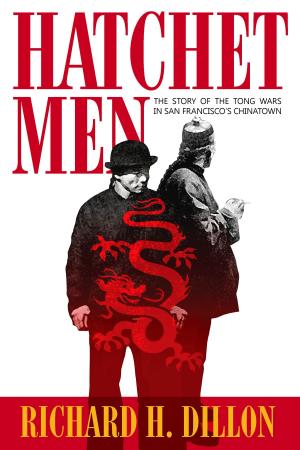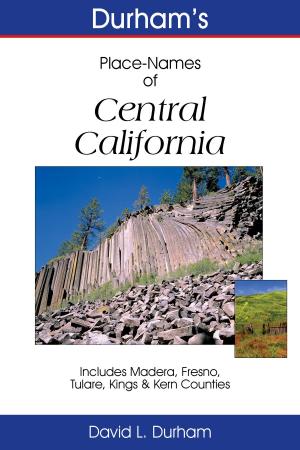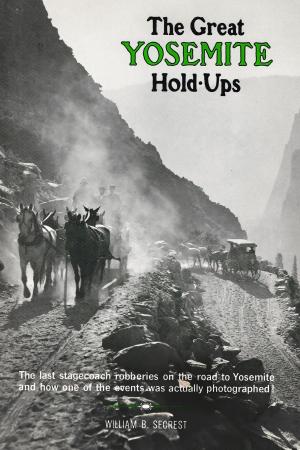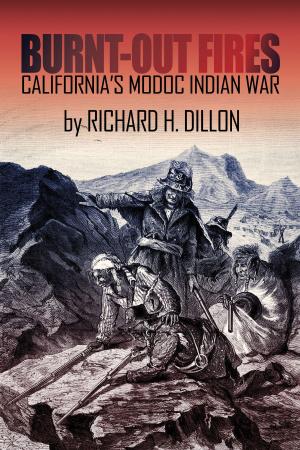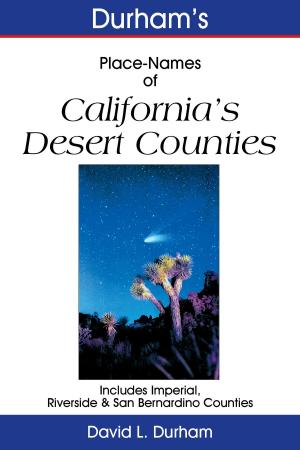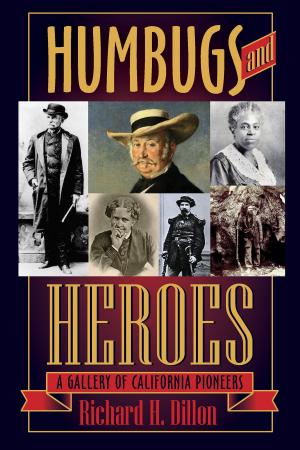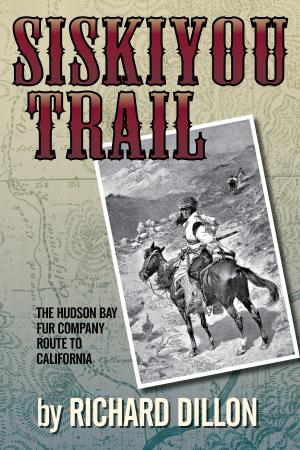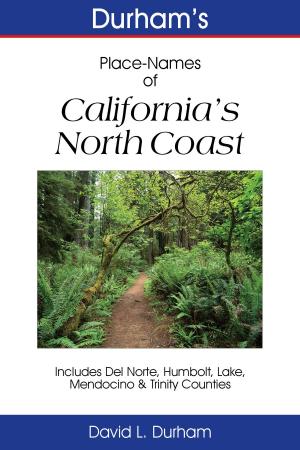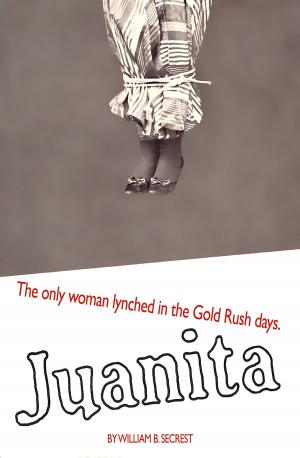Fool’s Gold
The Decline and Fall of Captain John Sutter of California
Nonfiction, History, Americas, United States, State & Local, 19th Century| Author: | Richard Dillon | ISBN: | 9781618090416 |
| Publisher: | The Write Thought | Publication: | September 10, 2012 |
| Imprint: | Language: | English |
| Author: | Richard Dillon |
| ISBN: | 9781618090416 |
| Publisher: | The Write Thought |
| Publication: | September 10, 2012 |
| Imprint: | |
| Language: | English |
Sutter, the father of California, is one of the most enigmatic figures in the history of the West.
With Fool’s Gold, famed California historian Richard Dillon (Wells, Fargo Detective, Embarcadero) brings to life the story of Swiss immigrant John A. Sutter.
Via a circuitous route, John Sutter arrived in Yerba Buena—today’s San Francisco— on July 1, 1839. At the time, the territory had a population of only 1,000 Europeans, in contrast with 30,000 Native Americans. It was at that point a part of Mexico and the governor, Juan Bautista Alvarado, granted him permission to settle; in order to qualify for a land grant, Sutter became a Mexican citizen on August 29, 1840 after a year in the provincial settlement. He identified himself as “Captain Sutter of the Swiss Guard.” The following year, on 18 June, he received title to 48,827 acres. Sutter named his settlement New Helvetia, or “New Switzerland,” after his homeland, “Helvetia” being the Latin name for Switzerland.
Sutter employed Native Americans of the Miwok and Maidu tribes, Kanakas, and Europeans at his compound, which he called Sutter’s Fort; he envisioned creating an agricultural utopia, and for a time the settlement was in fact quite large and prosperous. It was for a period the destination for most California-bound immigrants, including the ill-fated Donner Party, for whose rescue Sutter contributed supplies.
In 1848, gold was discovered when James W. Marshall and Sutter began the construction of Sutter’s sawmill in Coloma, along the American River.
Sutter’s attempt at keeping this quiet failed when merchant and newspaper publisher Samuel Brannan returned from Sutter’s Mill to San Francisco with gold he had acquired there and began publicizing the find. Masses of people overran the land and destroyed nearly everything Sutter had worked for.
In order to keep from losing everything, however, Sutter deeded his remaining land to his son, John Augustus Sutter, Jr. The younger Sutter, who had come from Switzerland and joined his father in September 1848, saw the commercial possibilities of the land and promptly started plans for building a new town he named Sacramento, after the Sacramento River.
The elder Sutter deeply resented this because he had wanted the location to be named Sutterville after them and be built near his New Helvetia domain.
Eventually Sutter gave up New Helvetia to pay the last of his debts. He got a letter of introduction to the Congress of the United States from the governor of California. He moved to Washington D.C. at the end of 1865. Soon after Abraham Lincoln was assassinated, John Sutter and his wife moved to Lititz, Pennsylvania (1871). But John made trips back to Washington every so often. John Sutter died in a Washington D.C. hotel room on June 18, 1880.
Sutter, the father of California, is one of the most enigmatic figures in the history of the West.
With Fool’s Gold, famed California historian Richard Dillon (Wells, Fargo Detective, Embarcadero) brings to life the story of Swiss immigrant John A. Sutter.
Via a circuitous route, John Sutter arrived in Yerba Buena—today’s San Francisco— on July 1, 1839. At the time, the territory had a population of only 1,000 Europeans, in contrast with 30,000 Native Americans. It was at that point a part of Mexico and the governor, Juan Bautista Alvarado, granted him permission to settle; in order to qualify for a land grant, Sutter became a Mexican citizen on August 29, 1840 after a year in the provincial settlement. He identified himself as “Captain Sutter of the Swiss Guard.” The following year, on 18 June, he received title to 48,827 acres. Sutter named his settlement New Helvetia, or “New Switzerland,” after his homeland, “Helvetia” being the Latin name for Switzerland.
Sutter employed Native Americans of the Miwok and Maidu tribes, Kanakas, and Europeans at his compound, which he called Sutter’s Fort; he envisioned creating an agricultural utopia, and for a time the settlement was in fact quite large and prosperous. It was for a period the destination for most California-bound immigrants, including the ill-fated Donner Party, for whose rescue Sutter contributed supplies.
In 1848, gold was discovered when James W. Marshall and Sutter began the construction of Sutter’s sawmill in Coloma, along the American River.
Sutter’s attempt at keeping this quiet failed when merchant and newspaper publisher Samuel Brannan returned from Sutter’s Mill to San Francisco with gold he had acquired there and began publicizing the find. Masses of people overran the land and destroyed nearly everything Sutter had worked for.
In order to keep from losing everything, however, Sutter deeded his remaining land to his son, John Augustus Sutter, Jr. The younger Sutter, who had come from Switzerland and joined his father in September 1848, saw the commercial possibilities of the land and promptly started plans for building a new town he named Sacramento, after the Sacramento River.
The elder Sutter deeply resented this because he had wanted the location to be named Sutterville after them and be built near his New Helvetia domain.
Eventually Sutter gave up New Helvetia to pay the last of his debts. He got a letter of introduction to the Congress of the United States from the governor of California. He moved to Washington D.C. at the end of 1865. Soon after Abraham Lincoln was assassinated, John Sutter and his wife moved to Lititz, Pennsylvania (1871). But John made trips back to Washington every so often. John Sutter died in a Washington D.C. hotel room on June 18, 1880.
